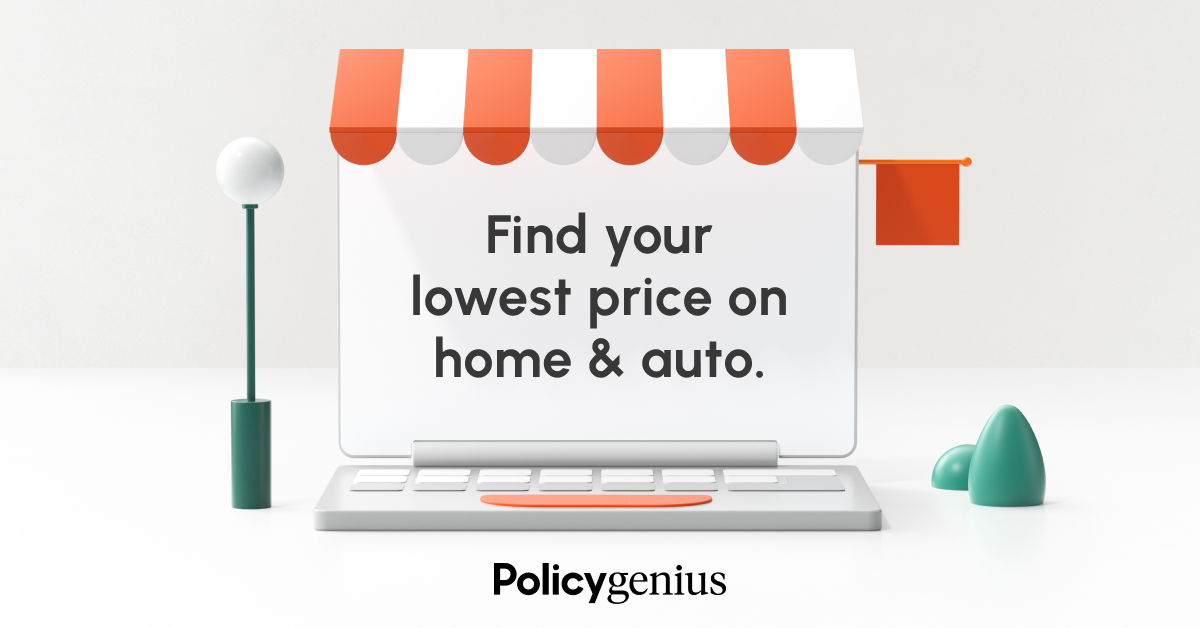I know people are triggered by any comment on "demand issues" as it brings up memories of historically inaccurate claims, so fine let's ignore that wording. It's not really needed anyway in valuation.
Valuation is about how much money I expect the auto business to generate in the coming years. The graph I presented is an indicator that there will continue to be compressed margins in the near future. Some of the arguments why actually support that perhaps margins will not rebound as strongly as some would hope in the coming years.
Currently Tesla's operating margin is 8%. If there isn't actully any "demand issues" that could then rebound the other way, really the only boost to automotive operating margin is likely interest rate induced, which could add another % or 2% at most. Let's say Tesla can return to achieve 10% operating margin on auto.
On 5 million cars annually at ASP of $32,500, Tesla will generate 16.25 billion in net income. At a PE ratio of 50 (very generous) that would value the company at 825 billion at that time (not discounting back to present day). Likely PE ratio applied to automotive at that time will be less because the growth phase will be slowing down. At a PE ratio of 40, that would value the company at 660 billion.
Current market cap is 550 billion. So the market is valuing a lot of future automotive profit growth already into the valuation of the company.
So, I don't see the market revaluing the company much higher on automotive unless something fundamentally changes about future expectations of operating margin. If there isn't any demand issue, then that leaves less room for there to be any improvement due to demand improvement.
The next-gen vehicle will certainly lower COGs along with ASPs, but do we expect it to really have the highest margins out of the lineup? Unlikely.
So again, my read is the automotive growth is already mostly built into the company valuation.
The only things that can remodel the company signficantly higher are robotaxis and optimus. Those revaluations aren't coming for years.
All the little things, insurance, charging revenue, etc...those are nice but are peanuts. The largest of the them (Energy), could add 100 billion to value at most, the rest are even smaller. These are nice things that will help Tesla sustain a valuation much higher than other auto companies, but they are only adding 10-20% upside from here.
Expect the stock to oscillate until some of its AI becomes a real product.
In my humble opinion, the likely GAAP margins can and will fluctuate with numerous extraneous variables (e.g. exchange rates for sales , production, employment) from an operating cash flow basis but not at all from a GAAP basis. For TSLA moire than many others there is variability because they do not directly hedge FX. Part fo that GAAP influence is often negative even when from a cash flow perspective the same effects can be positive. This quickly becomes both arcane, controversial and without enough direct data to resolve the conflicts.
Because of all that I depend far more on Free Cash Flow than I do on P&L. Almost by definition that minimizes volatility, which is the primary source for market maker profits. Consequently it is unsurprising that market makers and securities analysts rarely stray far from the most volatile measures they can find.
Those have a huge profit year right now as Tesla chose to concentrate on efficiency improvements and large capex for new products and new plants.
So long as people can concentrate on GAAP P&L we can be 'happily' assured that the actual FUD looks just like serious and genuine poor financial results. With Germany issues, including sabotage as well as expansion, China issues, primarily expansion and product development, Austin, Sparks, Buffalo, Monterrey, even Lathrop and so on, GAAP is quite likely to be negatively influenced this year while unit volume will not return to high growth until late next year, probably.
All that, and I watch Free Cash Flow. If it can stay positive with all that plus the pricing, supply interruptions and factory stoppage, especially Germany, we will now that Tesla maintains an impressive financial and logistics capacity with all those imply.
Nobody has thus far had too much direct evidence on that metric, just on GAAP P&L and/or auto sales trends.




